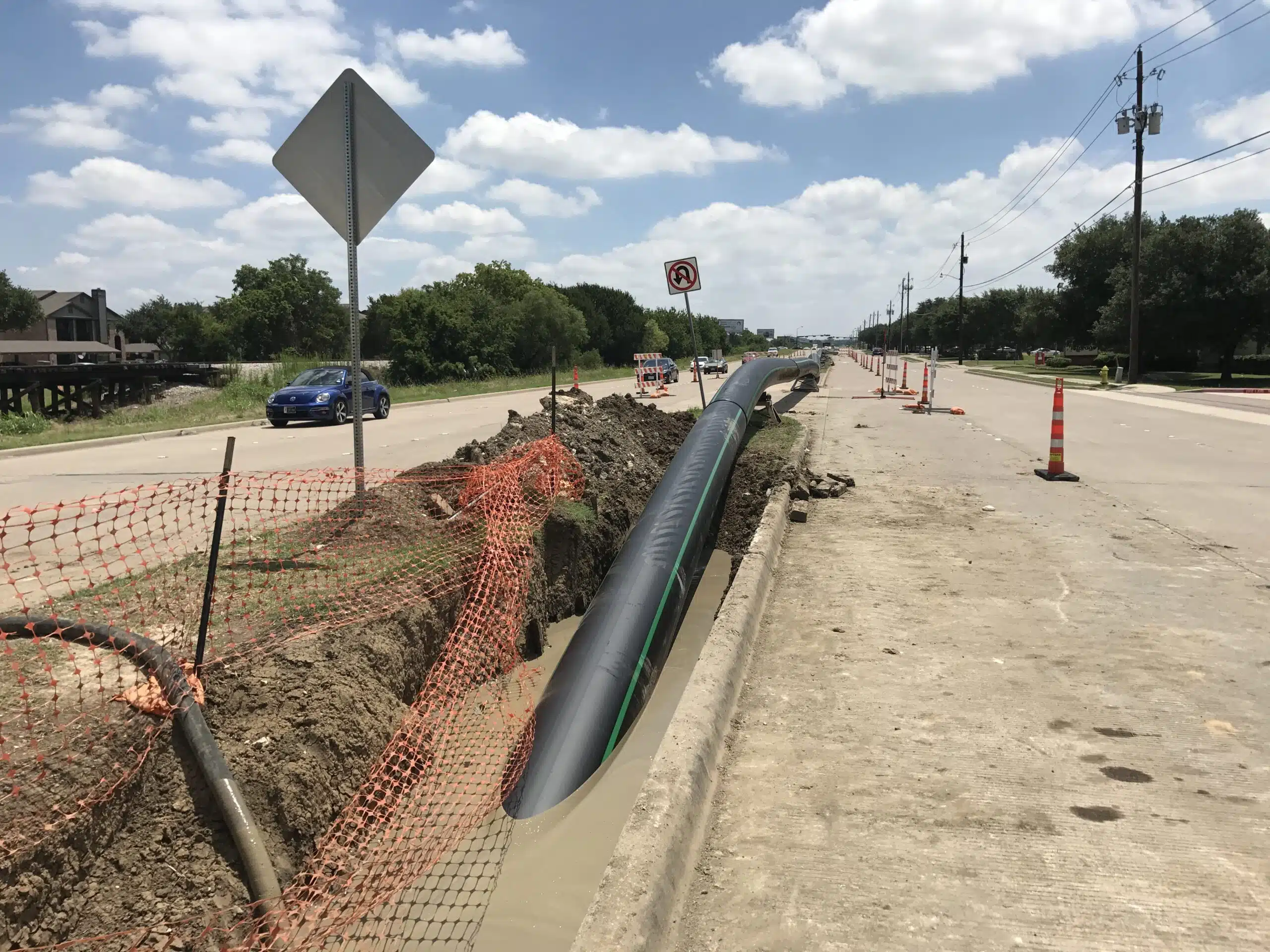HDD, typically called horizontal directional drilling, is rapidly becoming the preferred technique for laying utility lines and utility systems, notably in urban and green regions. Such cutting-edge method enables contractors to create tunnels sideways below the ground, lessening disruption to the surrounding environment and reducing the need for significant excavation. As metropolises expand and the demand for utility placement rises, understanding what HDD is and how it functions is essential for decision-makers as well.
The benefits of choosing HDD are many, including reduced ecological footprint to enhanced productivity. By navigating difficult terrains and overcoming traditional drilling challenges, HDD not just speeds up schedules but also generates reduced refuse and preserves resources. The following text will examine the numerous advantages of HDD, demonstrating how it is an excellent option for various applications, including utility services, telecommunications, and green energy systems. If you are planning a new setup or evaluating the technology for subsequent endeavors, the information contained within this article will help you in arriving at wise decisions.
Top Advantages of Horizontal Boring
One of the main pros of HDD is its low impact on the environment compared to traditional digging methods. HDD allows for the installation of pipelines, cables, and utility lines without the need for large-scale surface disruption. This makes it highly advantageous in sensitive areas, such as parks, wetlands, or metropolitan environments, where maintaining the quality of the environment is important. By limiting the amount of dirt dug up and minimizing the area affected impacted by the work, this technique preserves the environment and reduces the need for restoration efforts.
Another significant advantage of HDD is its speed in time management. The non-invasive nature of this method allows for quick installation, often completing projects in a fraction of the time needed for traditional digging. This efficiency not only speeds up completion but also lowers labor costs and the overall cost of utility installations. As a result, contractors can meet tighter deadlines while adhering to financial restrictions, making HDD an desirable option for various developments.
Moreover, HDD is highly adaptable, enabling teams to navigate difficult terrain with simplicity. Whether dealing with hard ground, city structures, or challenging landforms such as rivers and roads, HDD provides a effective solution that traditional digging cannot offer. Its ability to bore at various angles and levels allows for the efficient addition of new pipes without extensive surface work, enhancing the overall efficacy of infrastructure projects and ensuring that they can be executed in diverse locations.
Understanding the HDD Procedure
The HDD process begins with careful preparation and evaluation of the work location to assess ground conditions, subsurface utilities, and any potential obstacles. Once the initial assessments are conducted, the planning phase entails determining the best drilling route and depth to minimize disruption. This step is vital in ensuring that the drilling conforms with project requirements and local regulations, especially in city settings where existing infrastructure may complicate work.

Next comes the setup phase, where the necessary equipment is brought to the site. The HDD machine, along with supporting equipment, is positioned at the bore site. Operators then insert a pilot drill bit, which will navigate the predetermined path. This stage includes live monitoring using cutting-edge technology to ensure accuracy and to make adjustments as needed. The pilot hole is drilled, subsequently by the process of enlarging to expand the hole to the required diameter for the placement of the utility.
Finally, once the bore hole is prepared, the necessary utilities—such as pipes or cables—are inserted through the created bore. This step is carried out with exactness to prevent any potential issues like blowouts. After the installation is complete, thorough inspections and testing are conducted to ensure system functionality. The HDD process is designed to be efficient and minimally invasive, maintaining the integrity of the surrounding environment and landscape.
HDD in Urban Infrastructure Projects
Horizontal Directional Drilling is ideally suited for metropolitan construction efforts due to its low impact to on-ground operations. In high-density neighborhoods, the conventional digging techniques can lead to considerable inconveniences such as street blockages, sound, and grime, negatively impacting community enterprises and residents. Horizontal Directional Drilling allows for the setting up of utilities such as hydraulic lines, fuel lines, and telecommunications underground without the requirement of large-scale digging, making it an ideal choice for metropolitan areas where space is limited and ensuring traffic continuity is crucial.
Furthermore, HDD contributes to the eco-friendliness of urban projects by minimizing green disruption associated with standard trenching. In urban areas, vulnerable habitats, historical sites, and existing infrastructure often complicate construction efforts. Horizontal Directional Drilling minimizes the potential for soil erosion and site alteration while preserving the integrity of surrounding structures. https://gmaccontractors.com/ allows for streamlined utility setup while following green policies, leading to a better practice to city planning.
In conclusion, the ability to navigate complex terrain with precision improves project productivity and lowers the risk of sudden issues. Cities often present unique geological conditions, such as diverse earth compositions and below-ground infrastructure. HDD is adaptable, allowing drillers to change the drilling parameters as required. The enhanced precision of modern HDD technology also enables superior preparation and delivery, contributing to quicker project finishes while maintaining high safety standards. This makes Horizontal Directional Drilling not only a sensible decision but also a tactical edge in improving city frameworks.
